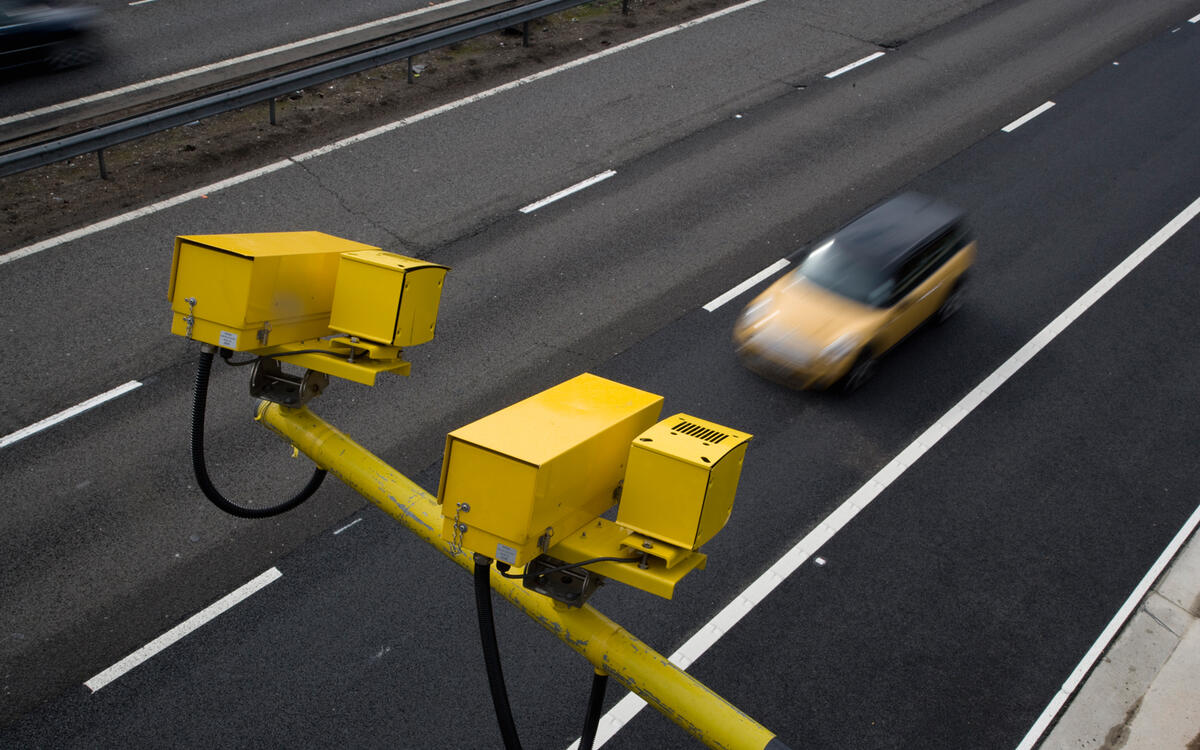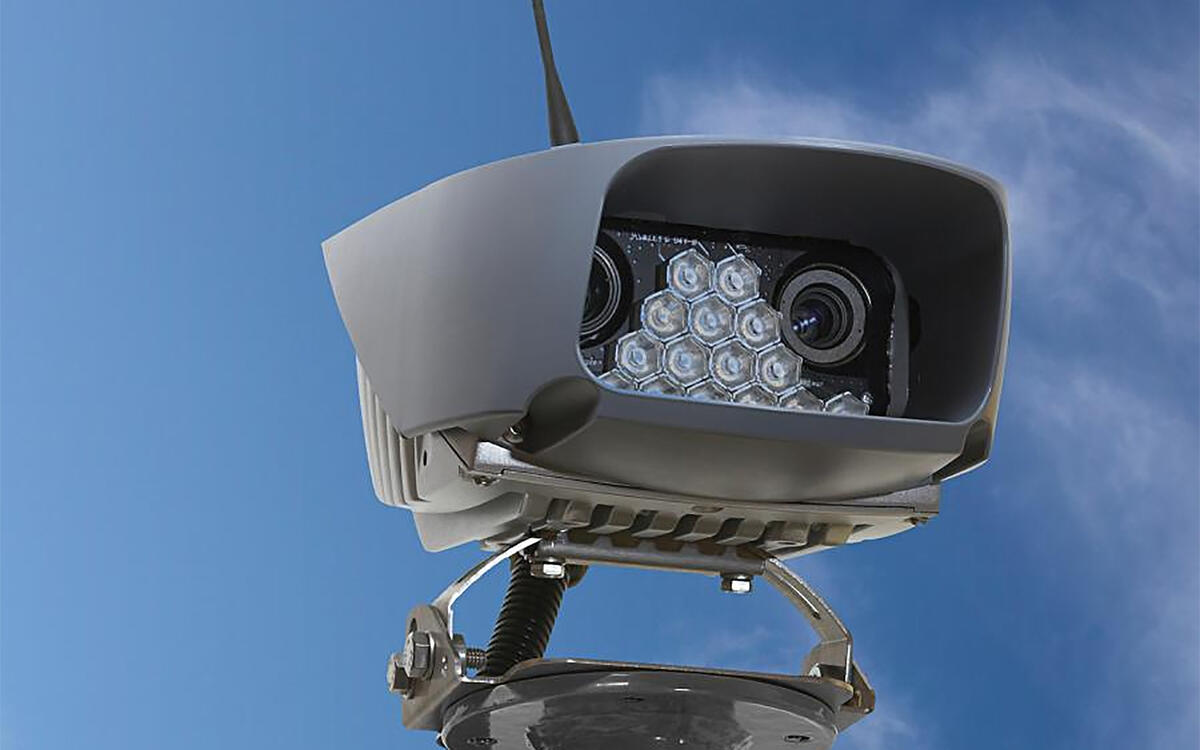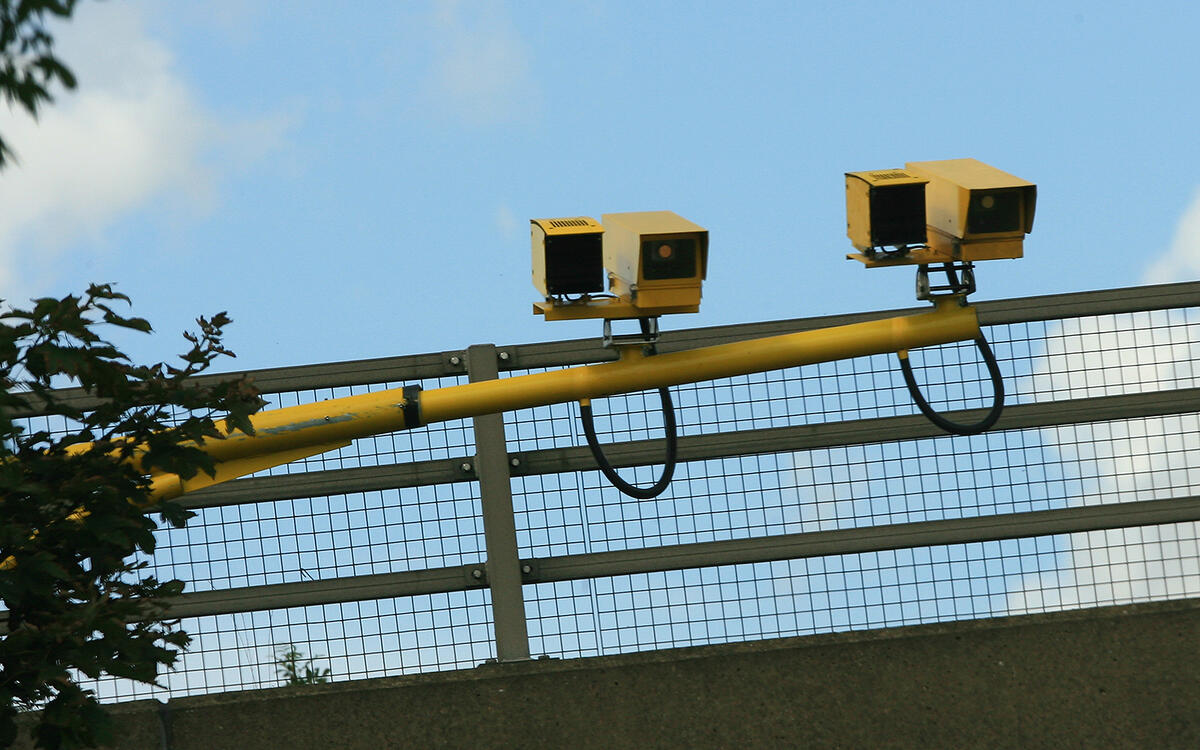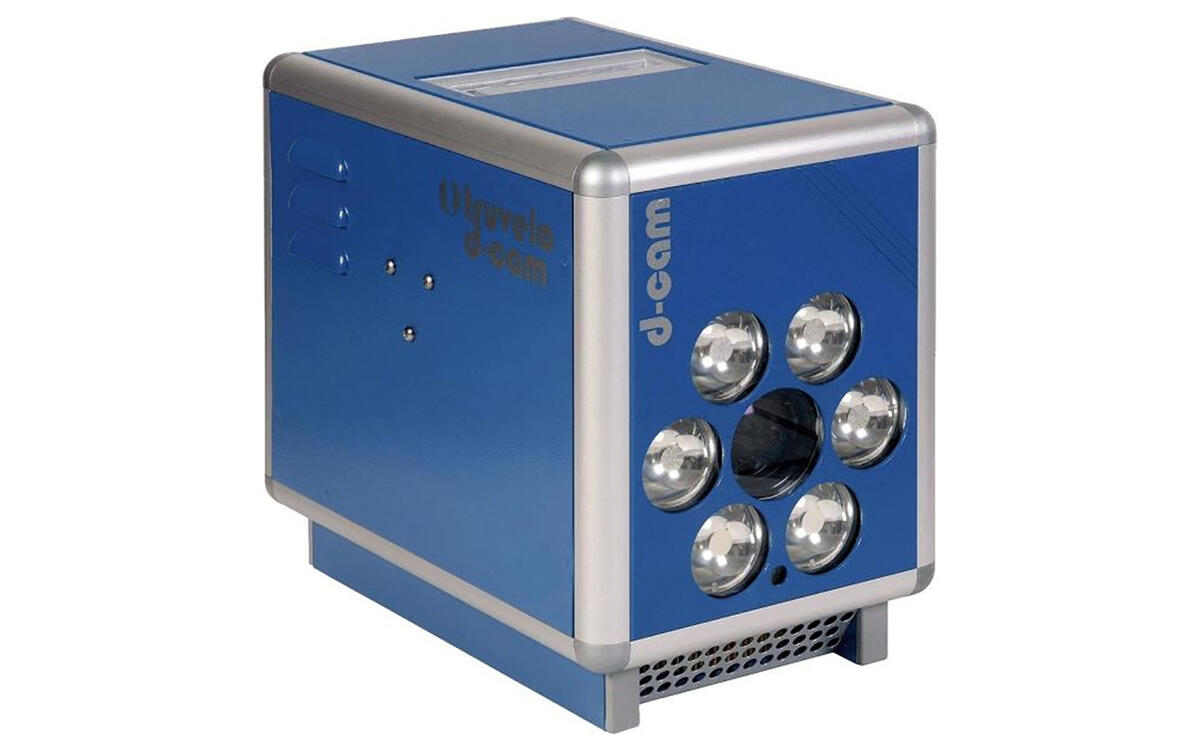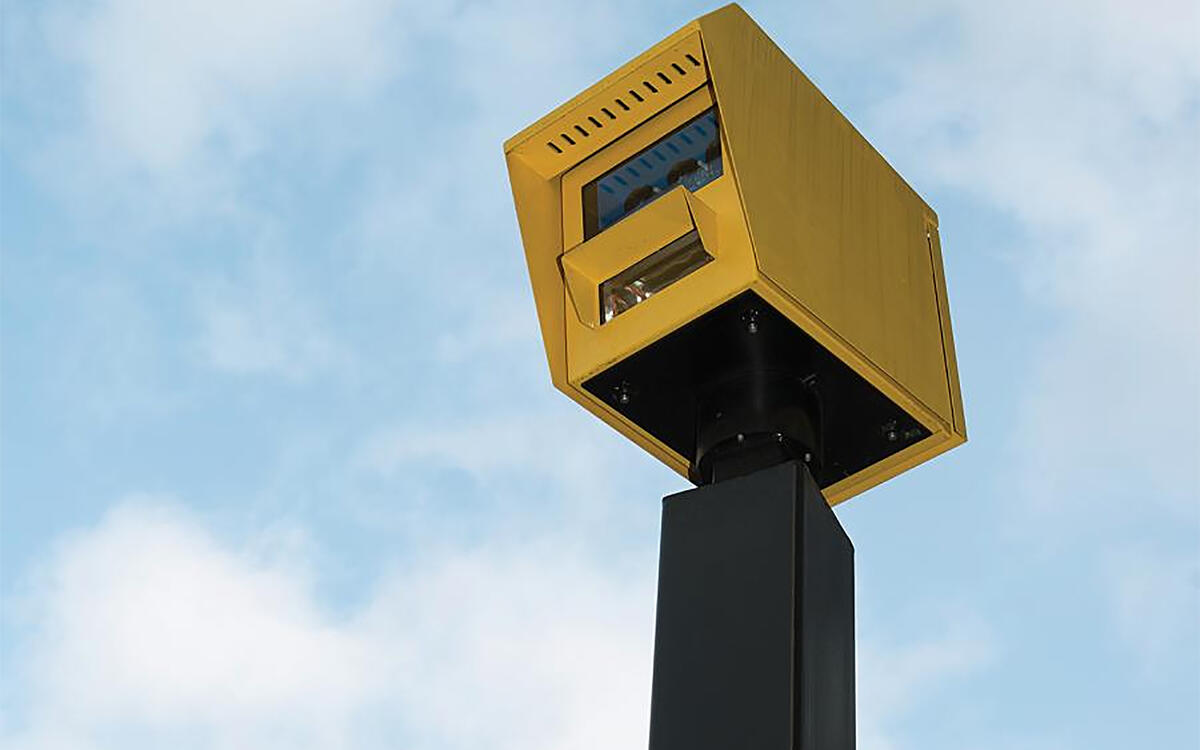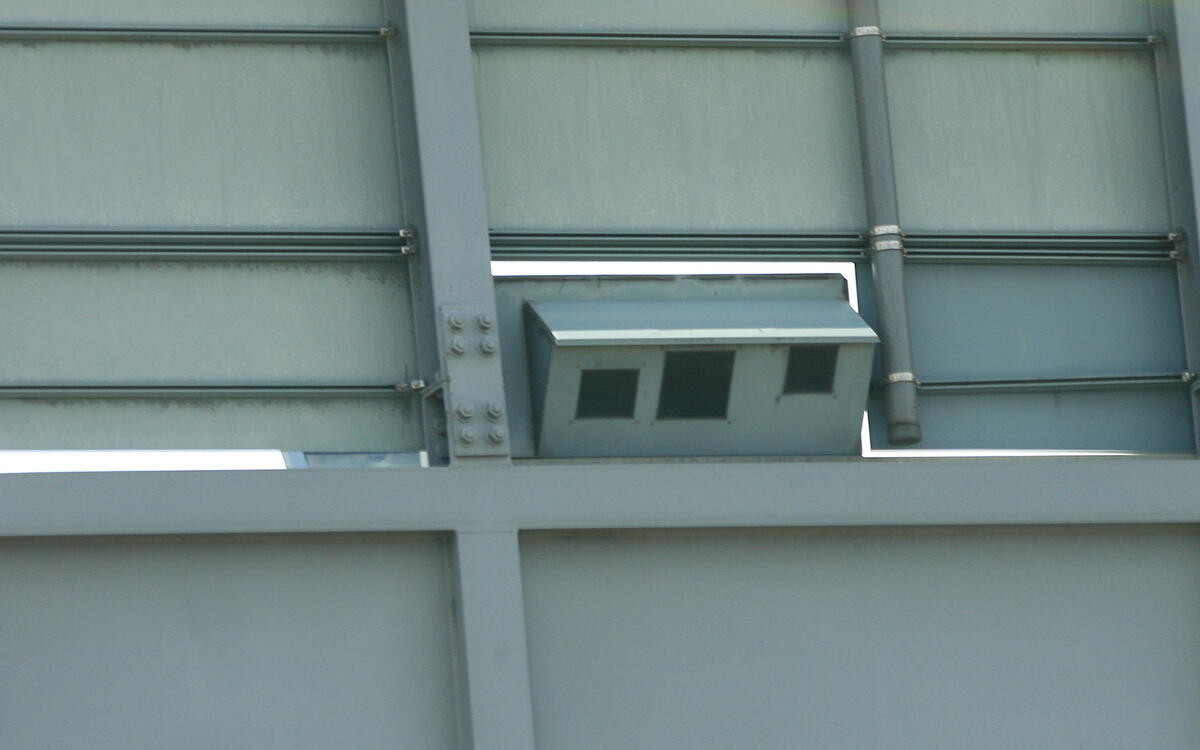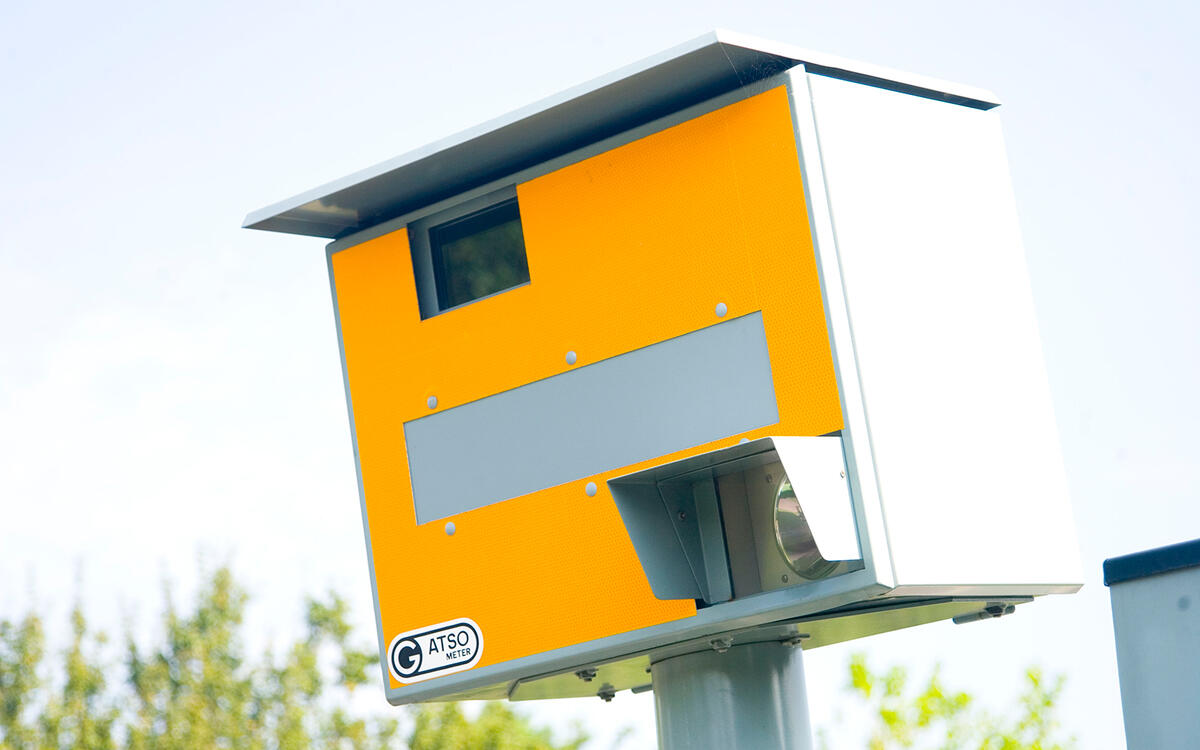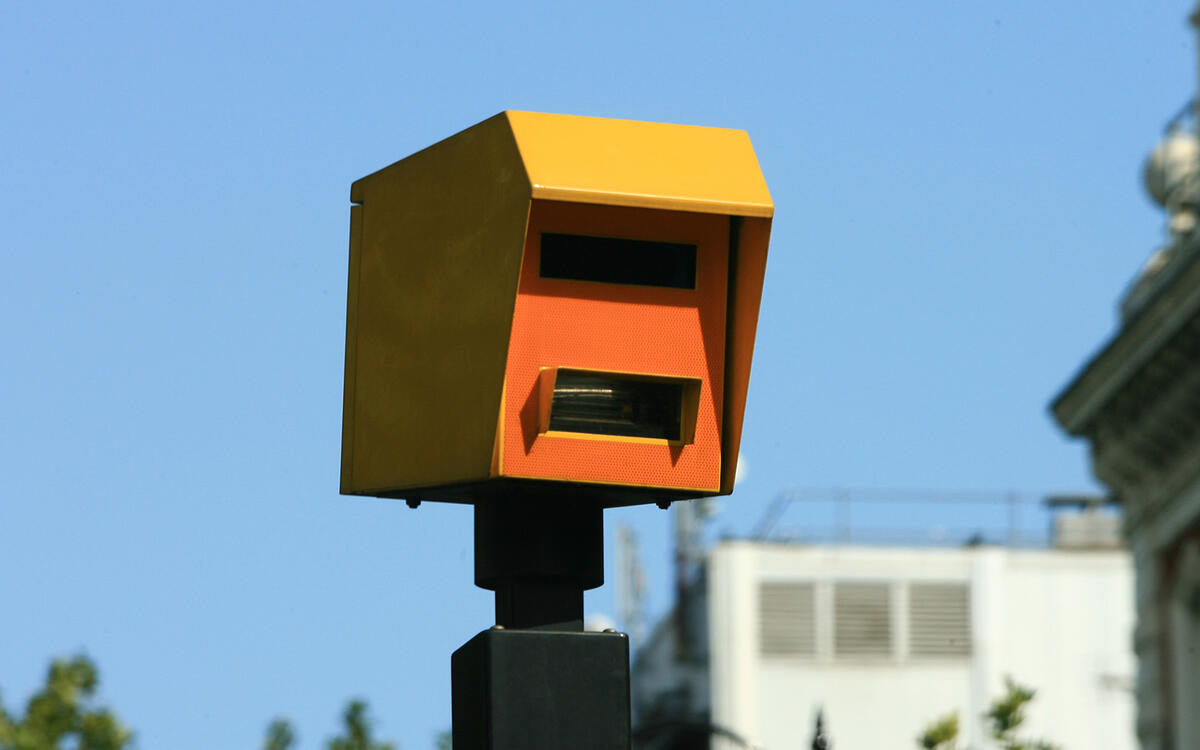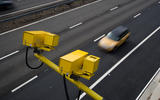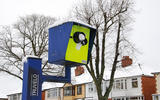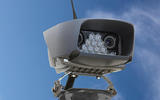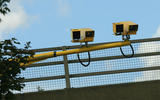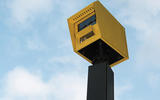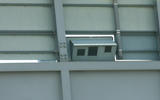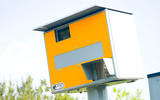 Slide of
Slide of
Thought the famous Gatso was the only kind of speed camera?
The authorities now have myriad devices with which to catch speeding motorists. Here is the Autocar guide to every camera in use in the UK.
 Slide of
Slide of
TRUVELO COMBI FORWARD FACING
What is it? A fixed, forward-facing speed camera but, unlike Gatso, it can be rearward-facing, too.
How does it work? Four pairs of sensors in the road calculate the speed of passing traffic. Farther along the road, towards the camera, are three lines. If the sensors detect a speeding vehicle, it is photographed as it crosses the middle white line.
Did you know? To avoid possible embarrassment, the photo will not be released to the driver without their permission.
 Slide of
Slide of
VECTOR
What is it? A form of average speed camera similar to Specs and officially known as a two-lane bi-directional ANPR (automatic numberplate recognition) camera.
How does it work? It uses ANPR to identify vehicles and calculate their average speed between different camera locations. It can monitor up to two lanes, and lanes flowing in opposite directions. It is capable of working in all weathers and at vehicles’ maximum speeds.
Did you know? Vector cameras are also used to monitor bus lanes, red lights, yellow box violations and parking infringements.
 Slide of
Slide of
DIGITAL SPECS
What is it? It’s used to police average speed zones and is often seen mounted on gantries at the sides of motorways.
How does it work? The system uses multiple installations along a road (a minimum of two) and ANPR (automatic numberplate recognition) technology to record passing cars and calculate their average speed. As a vehicle passes the first camera, an infrared photo is taken and the time recorded. As it passes the second camera, two photos — infrared and colour — are taken. A computer analyses the photos to retrieve the registration plate. Another compares the times of the two infrared photos to calculate the vehicle’s speed between cameras. If it’s above the threshold, a Notice of Intended Prosecution may be sent to the driver, as with all speed camera violations.
Did you know? Drivers believe they can dodge the cameras by changing lanes, but sometimes they are set to overlap. As a result, and because it’s not clear which cameras ‘clocked’ you in and out, it’s unwise to risk it.
 Slide of
Slide of
TRUVELO D-CAM
What is it? A speed and red light camera in one that can cover up to three lanes of traffic and be rear as well as forward facing.
How does it work? When used as a traffic light camera, a set of sensors is buried before the stop line and three check lines are painted on the road after it. The middle line is located 750mm after the stop line. The vehicle’s front wheels fall into this secondary area to provide visual proof of the secondary check. An uprated version, D-Cam L, uses a laser to measure vehicle speed.
Did you know? It can store 100,000 digital photos, as well as send images back to the control centre the moment the control centre the moment they are captured.
 Slide of
Slide of
REDGUARD (RED LIGHT VIOLATIONS)
What is it? A fixed camera that polices red traffic light violations simultaneously in up to four lanes.
How does it work? Radar or sensors in the road after the stop line are activated when the light changes to red. If a vehicle passes the sensors, three digital photos are taken. The first is a zoom shot of the numberplate, the second a wide-angle shot of the vehicle and the environment, and the third an image of the vehicle in motion.
Did you know? When set to do so, it can also record green light speeding offences.
 Slide of
Slide of
HADECS 2
What is it? It enforces variable speed limits on motorways. Each camera is located in a gantry above its respective lane.
How does it work? A radar measures vehicle speed, and if it is above the variable limit threshold, the camera takes three photos. Two are analysed by enforcement staff and provide a secondary check of the vehicle’s speed based on marks on the road. The third picture is a close-up of the numberplate.
Did you know? Hadecs 3, its successor on some smart motorways, can scan up to five lanes from one location.
 Slide of
Slide of
GATSOMETER TYPE 24
What is it? A fixed, rearward-facing speed camera.
How does it work? A radar in the camera measures the speed of a vehicle. If it is above the preset threshold, the camera takes two pictures. However, this photographic evidence alone is insufficient, so there are white lines, called secondary check marks, painted on the road ahead of the camera at specific intervals to help calculate the vehicle’s speed. A Gatso can’t record the speed of an approaching vehicle but may be rotated periodically to monitor the opposite carriageway.
Did you know? Gatsos are often fitted with a dummy unit, which will continue to flash motorists driving over the speed limit as a warning.
 Slide of
Slide of
SPEEDCURB CAMERA
What is it? A fixed, rearward-facing camera that can be mounted in pairs to monitor up to four lanes and, with an additional set facing in the opposite direction, police opposing ones.
How does it work? It uses three piezo sensors one metre apart in the road to calculate the speed of the passing vehicle. A further set of check marks on the road surface provides extra evidence.
Did you know? The SpeedCurb takes three digital images: two wide-angled shots showing the vehicle and its location, as well as the progress of the vehicle over time, and a third focusing on its numberplate, from which the number is retrieved by computer.
We explain how all the cameras monitoring the UK's roads work.
Advertisement


